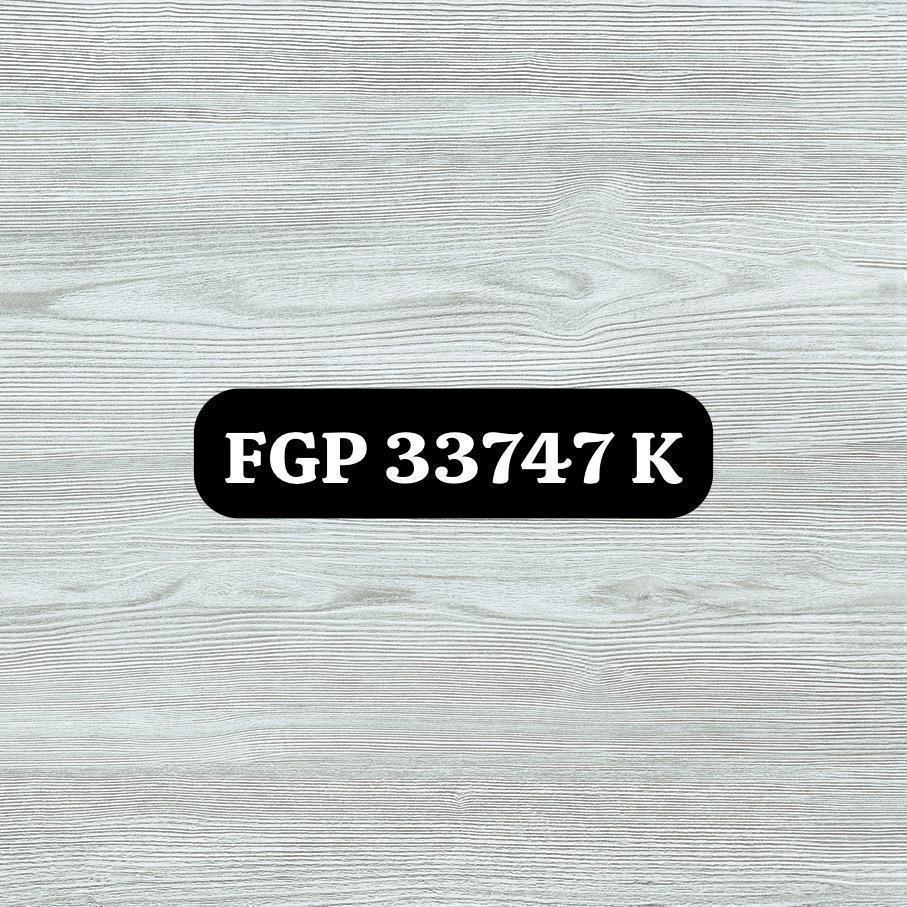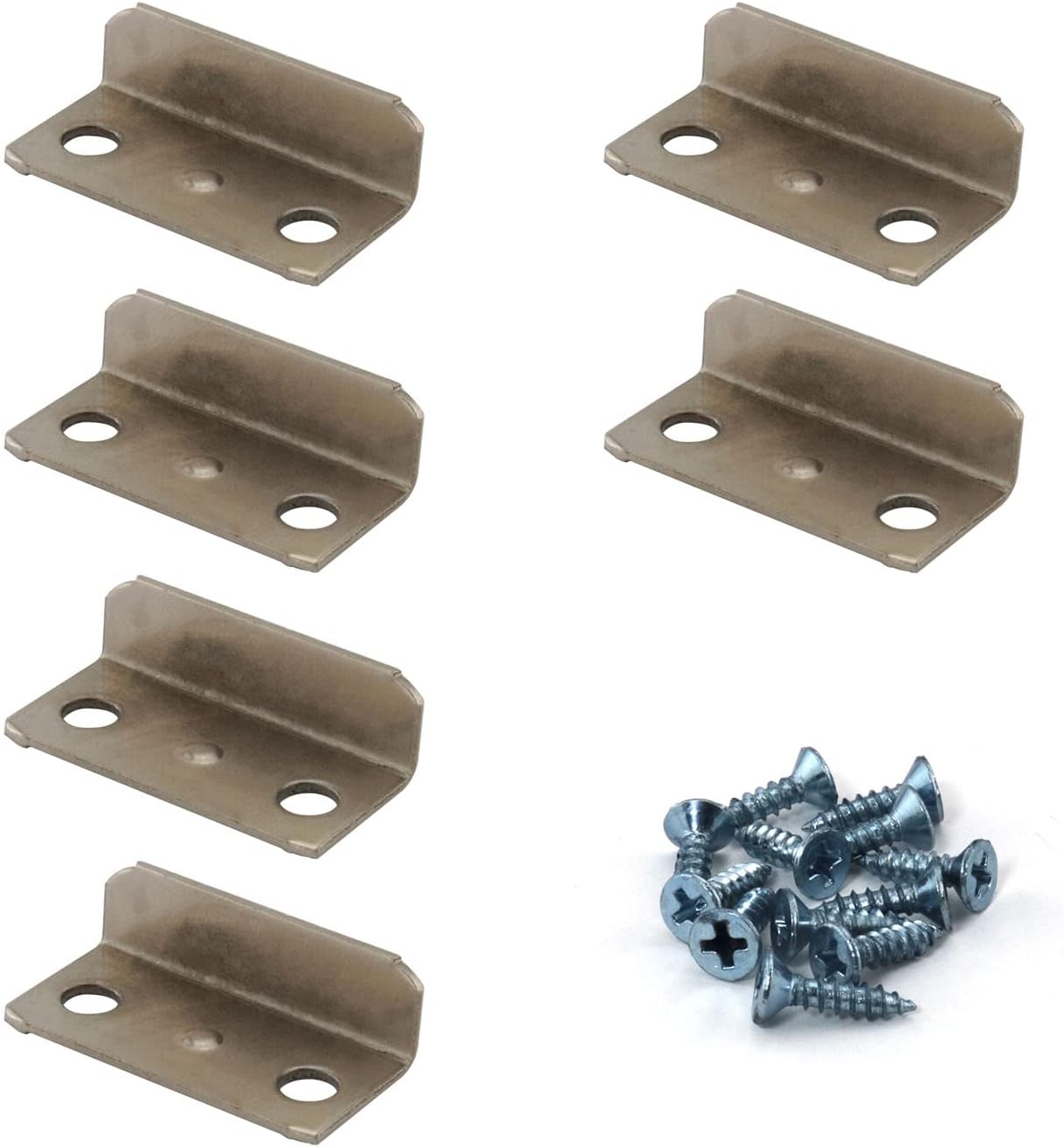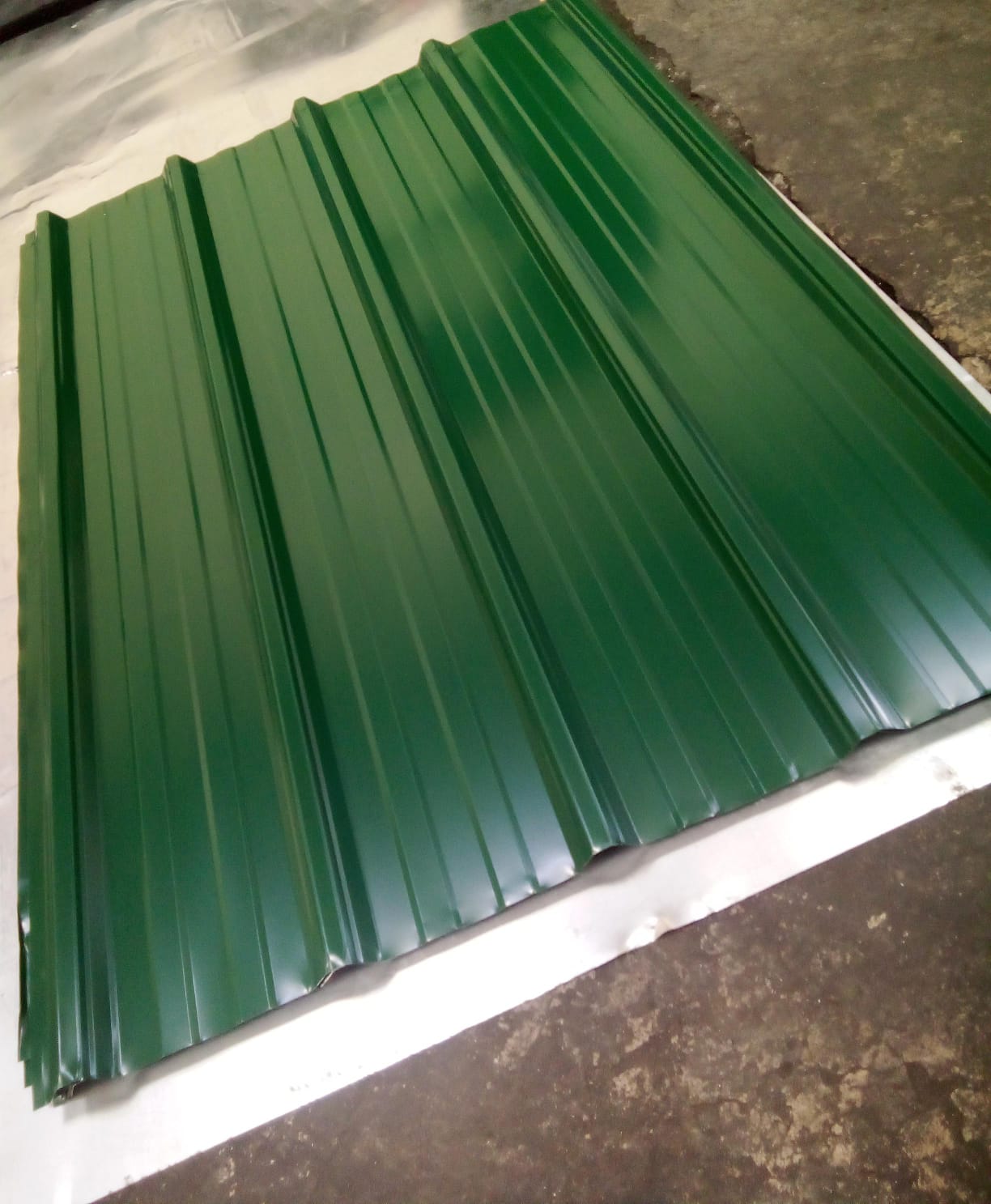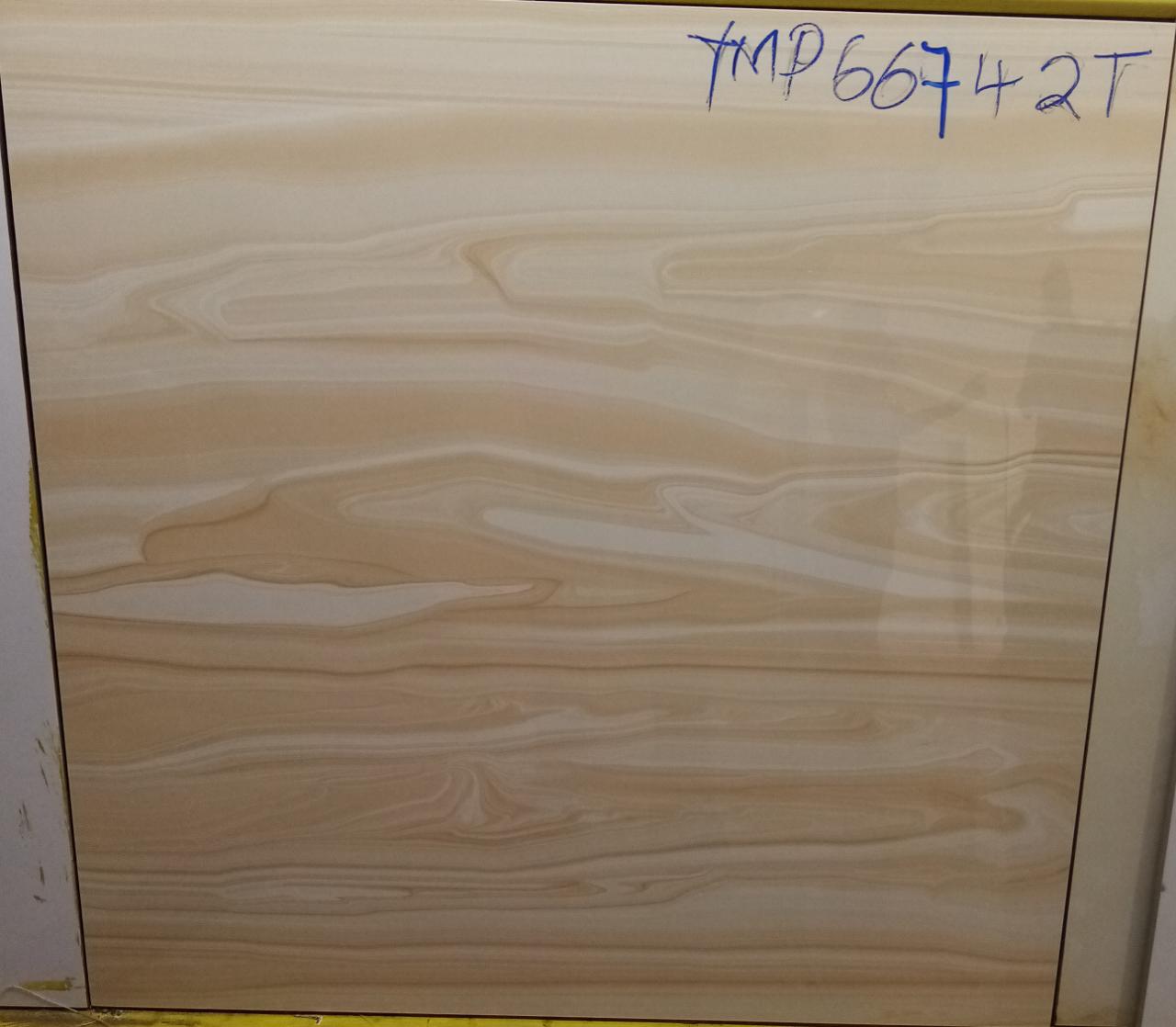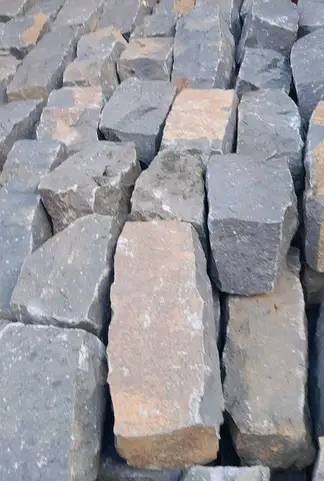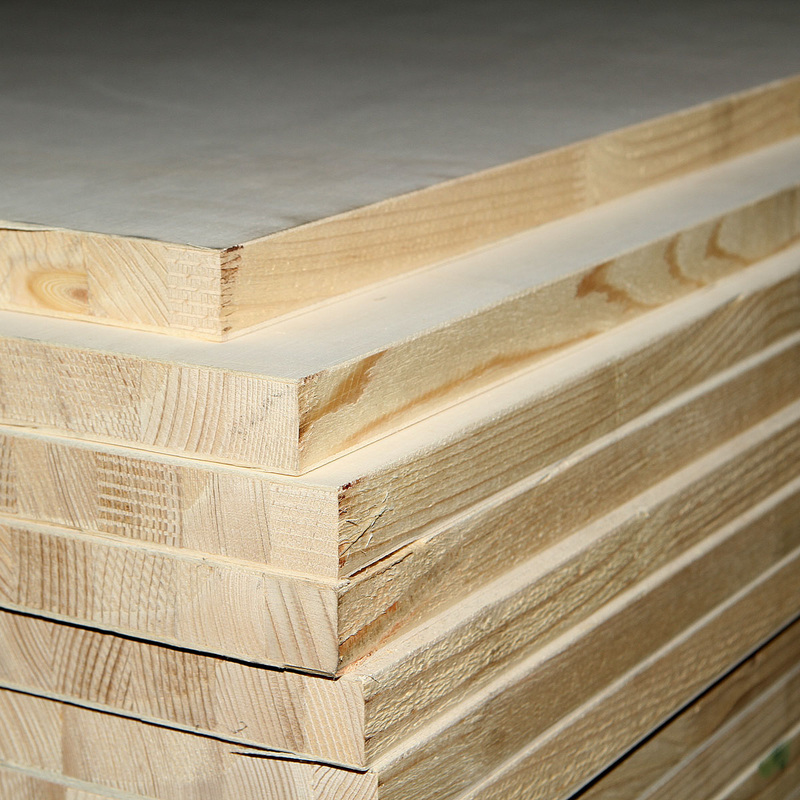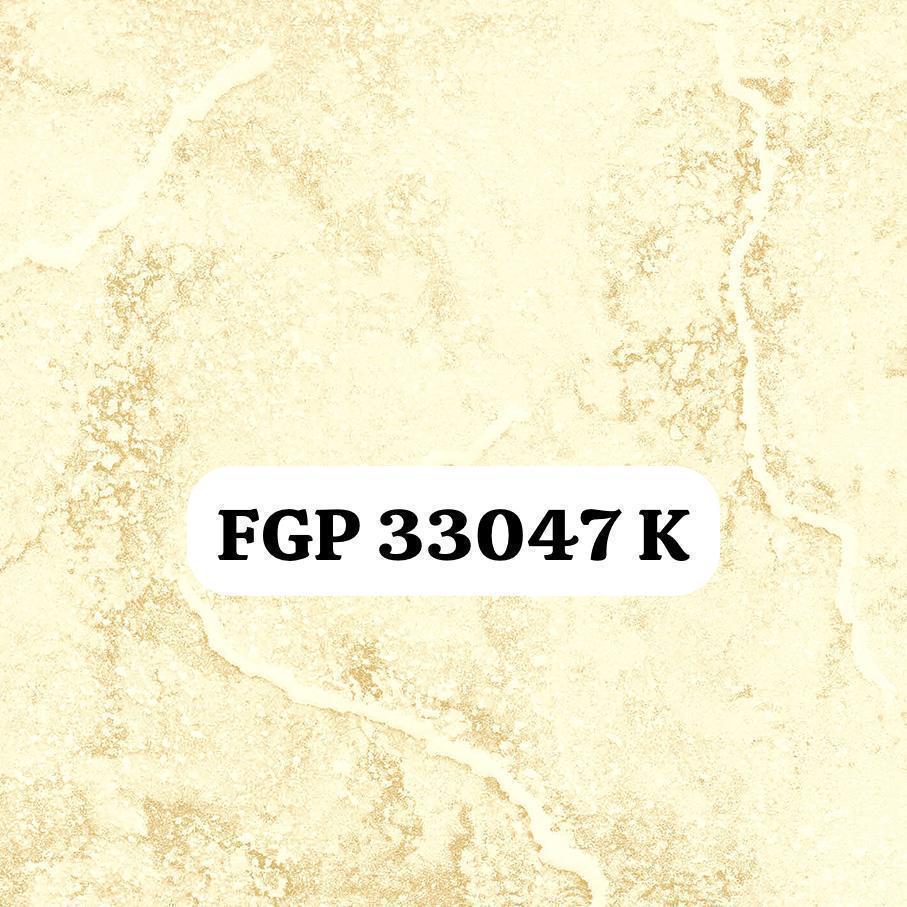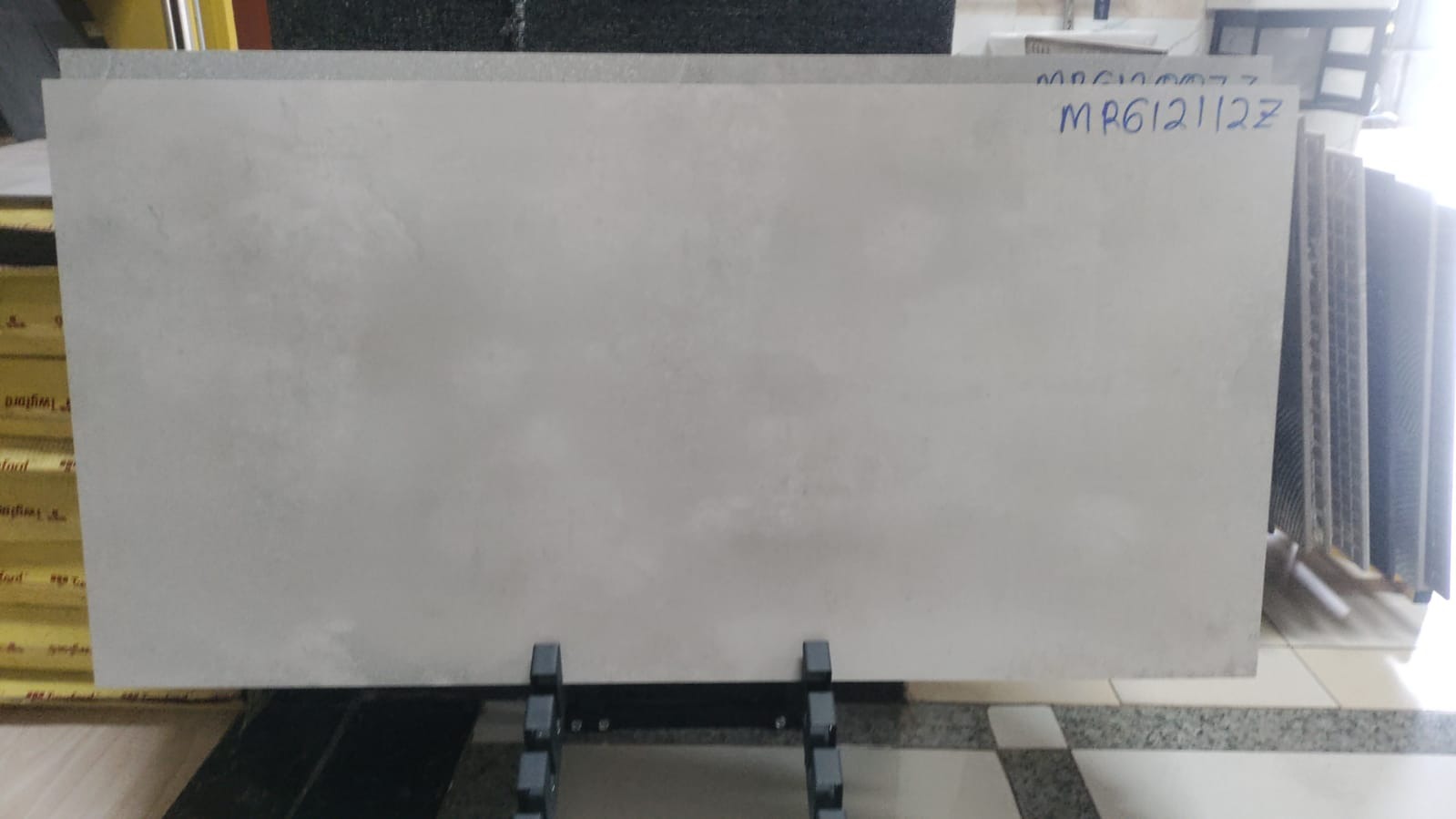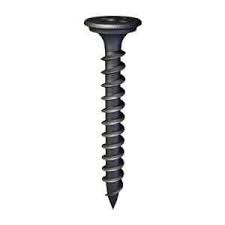Specifications
LCCC TERRAZZO CEMENTITIOUS (Price/40KG)
LCCC Terrazzo Cementitious is a type of flooring or surfacing material that is known for its durability, versatility, and aesthetic appeal. It is made from a cementitious matrix (a binding agent) mixed with aggregates such as marble, glass, quartz, granite, or other suitable materials. Here's a detailed description of Terrazzo cementitious material:
Composition: Terrazzo cementitious material primarily consists of a binder matrix and aggregates. The binder matrix is typically a mixture of cement, water, and sometimes additional additives or modifiers to enhance performance. The aggregates can vary widely in size, shape, and material composition, depending on the desired appearance and functional requirements of the terrazzo.
Aggregates: The aggregates used in terrazzo cementitious mixes can include:
1. Marble Chips: Traditional terrazzo often uses marble chips, which provide a classic look and are available in various colors and sizes.
2. Glass: Recycled glass aggregates can be used to add a contemporary touch and introduce color variation.
3. Quartz, Granite, or Mother-of-Pearl: These materials are sometimes used for specific aesthetic effects or enhanced durability.
Binder Matrix: The binder matrix in terrazzo cementitious material is typically composed of Portland cement, which acts as the primary binding agent. Water is added to facilitate mixing and hydration of the cement, leading to the hardening and setting of the terrazzo mix. Sometimes, additives such as plasticizers or accelerators may be included to improve workability, setting time, or durability.
Installation Process: Terrazzo is installed in layers. The base layer, known as the "bedding layer," consists of the cementitious mix combined with aggregates. This layer is poured, spread, and leveled to the desired thickness and then allowed to cure. Once the bedding layer has sufficiently hardened, additional layers may be applied, incorporating different aggregates or colors as per design specifications.
Finishing: After the terrazzo has cured and hardened, it is ground and polished to achieve a smooth, glossy surface. This process involves progressively finer grinding pads or stones to reveal the aggregates and achieve the desired level of sheen.
Design Versatility: Terrazzo cementitious material is highly versatile in terms of design. It allows for the incorporation of various colors, patterns, and textures through different combinations of aggregates and binder matrix compositions. This versatility makes terrazzo suitable for a wide range of applications, from commercial buildings and institutions to residential spaces and decorative installations.
Durability and Maintenance: Terrazzo is valued for its durability, as the cementitious matrix combined with aggregates creates a strong, resilient surface that can withstand heavy foot traffic and wear. Proper sealing after installation helps protect the terrazzo from stains and moisture, while regular maintenance involves routine cleaning and periodic resealing to preserve its appearance and performance over time.
In summary, terrazzo cementitious material blends cement binder with decorative aggregates to create a durable, aesthetically pleasing flooring or surfacing option. Its versatility in design, coupled with its robustness and longevity, makes it a popular choice in both modern construction and historical restoration projects.
LCCC TERRAZZO CEMENTITIOUS (Price/40KG)
LCCC Terrazzo Cementitious is a type of flooring or surfacing material that is known for its durability, versatility, and aesthetic appeal. It is made from a cementitious matrix (a binding agent) mixed with aggregates such as marble, glass, quartz, granite, or other suitable materials. Here's a detailed description of Terrazzo cementitious material:
Composition: Terrazzo cementitious material primarily consists of a binder matrix and aggregates. The binder matrix is typically a mixture of cement, water, and sometimes additional additives or modifiers to enhance performance. The aggregates can vary widely in size, shape, and material composition, depending on the desired appearance and functional requirements of the terrazzo.
Aggregates: The aggregates used in terrazzo cementitious mixes can include:
1. Marble Chips: Traditional terrazzo often uses marble chips, which provide a classic look and are available in various colors and sizes.
2. Glass: Recycled glass aggregates can be used to add a contemporary touch and introduce color variation.
3. Quartz, Granite, or Mother-of-Pearl: These materials are sometimes used for specific aesthetic effects or enhanced durability.
Binder Matrix: The binder matrix in terrazzo cementitious material is typically composed of Portland cement, which acts as the primary binding agent. Water is added to facilitate mixing and hydration of the cement, leading to the hardening and setting of the terrazzo mix. Sometimes, additives such as plasticizers or accelerators may be included to improve workability, setting time, or durability.
Installation Process: Terrazzo is installed in layers. The base layer, known as the "bedding layer," consists of the cementitious mix combined with aggregates. This layer is poured, spread, and leveled to the desired thickness and then allowed to cure. Once the bedding layer has sufficiently hardened, additional layers may be applied, incorporating different aggregates or colors as per design specifications.
Finishing: After the terrazzo has cured and hardened, it is ground and polished to achieve a smooth, glossy surface. This process involves progressively finer grinding pads or stones to reveal the aggregates and achieve the desired level of sheen.
Design Versatility: Terrazzo cementitious material is highly versatile in terms of design. It allows for the incorporation of various colors, patterns, and textures through different combinations of aggregates and binder matrix compositions. This versatility makes terrazzo suitable for a wide range of applications, from commercial buildings and institutions to residential spaces and decorative installations.
Durability and Maintenance: Terrazzo is valued for its durability, as the cementitious matrix combined with aggregates creates a strong, resilient surface that can withstand heavy foot traffic and wear. Proper sealing after installation helps protect the terrazzo from stains and moisture, while regular maintenance involves routine cleaning and periodic resealing to preserve its appearance and performance over time.
In summary, terrazzo cementitious material blends cement binder with decorative aggregates to create a durable, aesthetically pleasing flooring or surfacing option. Its versatility in design, coupled with its robustness and longevity, makes it a popular choice in both modern construction and historical restoration projects.
Similar Products
Drawer Lock Brackets 0.75inches
KES 65.00
Block Boards 0.75inches
KES 0.00
Gypsum Screws 2 Inch 3.5mm×40mm
KES 320.00

